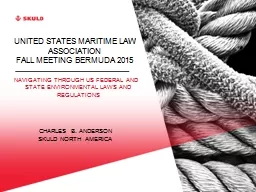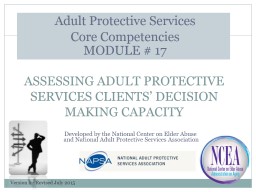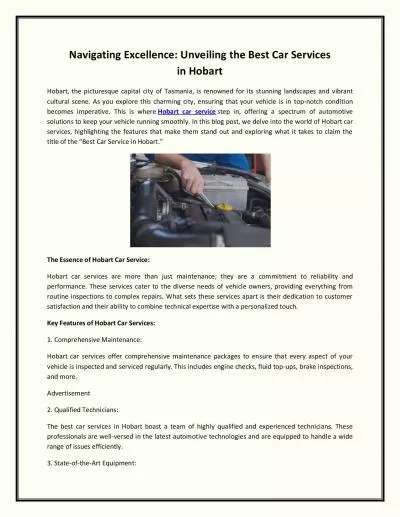PPT-NAVIGATING THROUGH US FEDERAL AND STATE
Author : mitsue-stanley | Published Date : 2018-11-09
ENVIRONMENTAL LAWS AND REGULATIONS UNITED STATES MARITIME LAW ASSOCIATION FALL MEETING BERMUDA 2015 CHARLES B ANDERSON SKULD NORTH AMERICA The laws of the United
Presentation Embed Code
Download Presentation
Download Presentation The PPT/PDF document "NAVIGATING THROUGH US FEDERAL AND STATE" is the property of its rightful owner. Permission is granted to download and print the materials on this website for personal, non-commercial use only, and to display it on your personal computer provided you do not modify the materials and that you retain all copyright notices contained in the materials. By downloading content from our website, you accept the terms of this agreement.
NAVIGATING THROUGH US FEDERAL AND STATE: Transcript
Download Rules Of Document
"NAVIGATING THROUGH US FEDERAL AND STATE"The content belongs to its owner. You may download and print it for personal use, without modification, and keep all copyright notices. By downloading, you agree to these terms.
Related Documents














